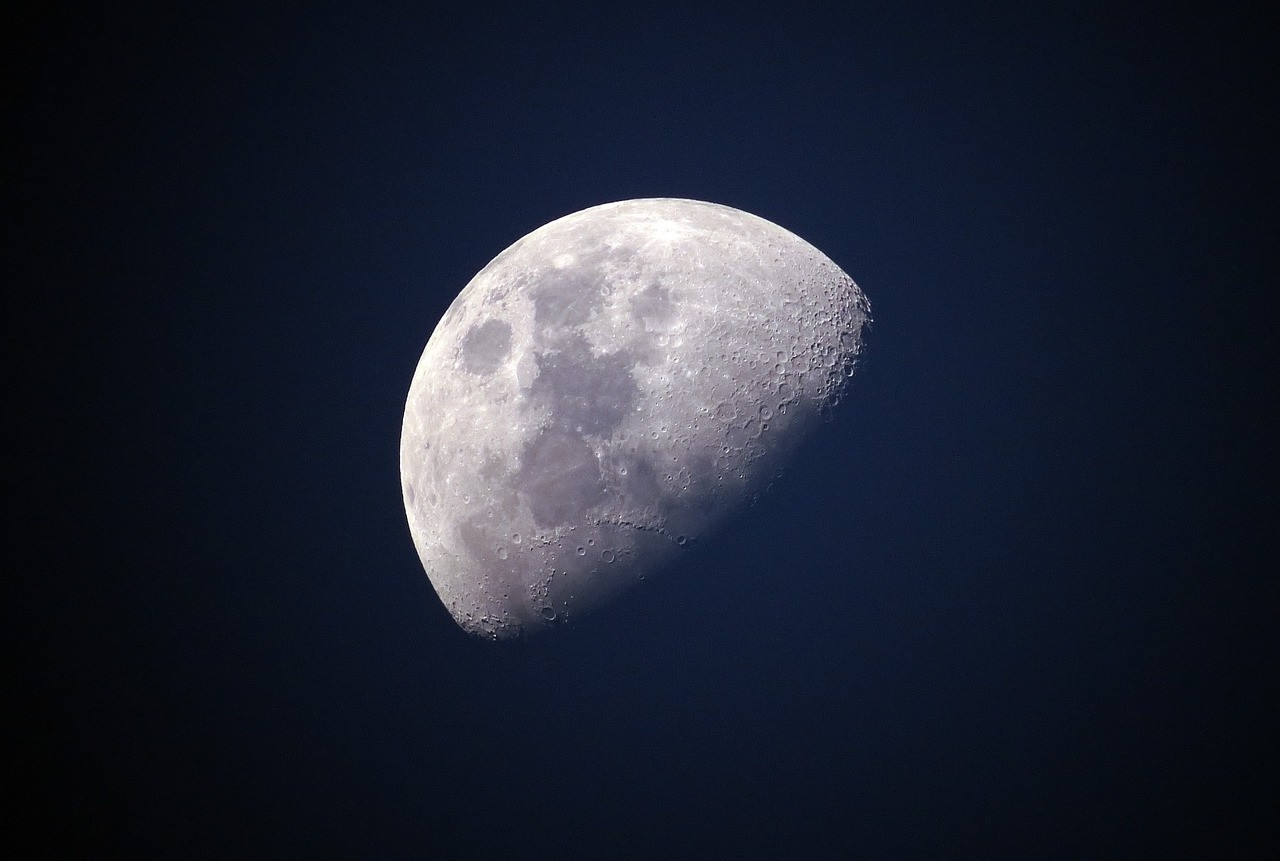Inseparable for more than 4 billion years, it’s hard to imagine the Blue Planet without its beloved satellite. Yes, but now NASA has announced the beginning of the end: the Earth and the Moon are reportedly going their separate ways.
Are we witnessing another melodrama in our solar system? All signs point to it, as NASA’s latest revelations show. The Moon (where the key to life is said to have been found), Earth’s only satellite, is increasing its distance annually. But what does this mean?
The end of a story
The Moon, the fifth largest satellite in the solar system, is not a planet but a permanent natural satellite. It was formed more than 4 billion years ago by a collision between Earth and a celestial object the size of Mars, University of Arizona researchers report on the news.arizona.edu website. Mars is about 384,000 kilometres away and has been orbiting our planet ever since. A celestial ballet that continues thanks to the gravitational force exerted by the Earth
But all good things seem to have ended in this universe. NASA has announced news that the Moon and Earth are expected to move away from each other by about 3.8 centimetres each year. It’s a theory made plausible by the Lunar Laser Ranging Experiment. Namely, during the Apollo missions in the 1960s and 1970s, not only were man’s first steps taken on the surface of the Moon, but light reflectors were also placed on the surface.
By shining beams of light at them from Earth and measuring the time it took for them to reflect, the researchers could track how the distance between Earth and the Moon changed. So, the two lovebirds are moving away from each other, but what does that mean?
The role of the Moon
The moon is not a decorative object. No, it significantly affects life on Earth. According to Madelyn Broome, an astrophysicist at the University of California, our planet’s rotational speed would change considerably without the Moon’s presence. The 24-hour days we know would have been drastically shortened by about five hours. Without the moon, there would be no more tides. If the Earth exerts its gravitational pull on the Moon, the same is true in reverse. Of course, the Moon’s lower gravity cannot change the Earth’s trajectory, but it can still influence the movement of the oceans through the phenomenon of tides.
The moon has much more to offer than that, however. The full moon illuminates the night and directly affects animal behaviour (hatching, predation, etc.).
Fortunately, the whole world has a long future ahead of it. Scientists predict that the love story between the Earth and the Moon will end in about 50 billion years. And in 5 billion years, the death of the sun is predicted. This means that the two lovebirds will meet an expected end. So we are reassured!
This post has already been read 2668 times!
